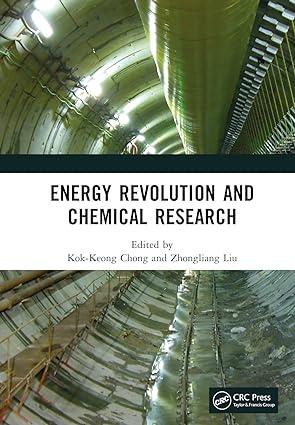please help me with this questions as much as you can please. thank youuu

13. The process of risk assessments focuses A. more on long term, chronic responses B. more on acute responses C. only on cancer causing substances D. only on teratogens B 16. An odds ratio below 1.0 suggests that there is A. a relationship between exposure and risk B. no relationship between exposure and risk C. no way to determine a relationship between exposure and risk A B C No answer text provided. 17. The response (or risk) from the dose-response curve has no units because A. the units of the fraction are reduced. B. it is an estimated value." C. it is a probability. No answer text provided. 18. The dose-response data gained from animals testing can only be applied to humans when the data include a surface area comparison. A. true B. false A No answer text provided. No answer text provided. 19. The one-hit model A. agrees with a mechanistic model of carcinogenesis, in which it is assumed that a single chemical hit is capable of inducing a tumor. B. is the best approach to extrapolate from high dosed administered to test animal to the low doses to which humans are likely to be exposed. C. predicts that for high doses the extra lifetime probability of cancer is linearly to dose. D. has its roots in the multistage model of tumor formation. C B A D 22. The drinking water equivalent level (DWEL) A. is the concentration that refers to a risk goal of 10-9 B. always needs to include an absorption factor. C. assumes that a 70kg adult consumes 2L of water per day. A B No answer text provided. 21. The incremental lifetime cancer risk A. is the chronic daily intake divided by the potency factor. B. can be found in an EPA database. C. estimates the risk of dying of cancer. D. indirectly estimates the risk of getting cancer. B D A 23. A level at which a toxic effect is not observed is called: A. NOAEL B. LOAEL C. LOEL B No answer text provided. 24. The reference dos (RfD) A. is obtained by dividing the NOAEL by an appropriate uncertainty factor (or safety factor) B. is always obtained by dividing the LOAEL by an appropriate uncertainty factor (or safety factor) C. equals the acceptable daily intake (ADI) divided by the chronic daily intake (CDI) D. is indirectly proportional to the acceptable daily intake (ADI). A C D B

















